A very basic transducer which is always useful in the field of instrumentation, I have studied about this in my college days. Now let me explain about the LVDT with its Principle of Operation and I will explain how it is constructed for its well known operation and you can understand the working of Linear Variable Differential Transformer Transducer LVDT.
 |
| LVDT Working Principle Animation |
Principle of LVDT: Linear Variable Differential Transformer Transducer
LVDT works under the principle of mutual induction, and the displacement which is a non-electrical energy is converted into an electrical energy. And the way how the energy is getting converted is described in working of LVDT in a detailed manner.
LVDT consists of a cylindrical former where it is surrounded by one primary winding in the centre of the former and the two secondary windings at the sides. The number of turns in both the secondary windings are equal, but they are connected in series opposition to each other, i.e., if the left secondary windings is in the clockwise direction, the right secondary windings will be in the anti-clockwise direction, hence the net output voltages will be the difference in voltages between the two secondary coil. The two secondary coil is represented as S1 and S2. Esteem iron core is placed in the centre of the cylindrical former which can move in to and fro motion as shown in the figure. The AC excitation voltage is 5 to 12V and the operating frequency is given by 50 to 400 HZ.
Working of LVDT:
Let’s study the working of LVDT by splitting the cases into 3 based on the iron core position inside the insulated former.
Case 1: On applying an external force which is the displacement, if the core reminds in the null position itself without providing any movement then the voltage induced in both the secondary windings are equal which results in net output is equal to zero i.e., Esec1-Esec2=0
Case 2: When an external force is appilied and if the steel iron core tends to move in the left hand side direction then the emf voltage induced in the secondary coil is greater when compared to the emf induced in the secondary coil 2. Therefore the net output will be Esec1-Esec2
Case 3: When an external force is applied and if the steel iron core moves in the right hand side direction then the emf induced in the secondary coil 2 is greater when compared to the emf voltage induced in the secondary coil 1. therefore the net output voltage will be Esec2-Esec1
 |
| LVDT Operation Principle Animation |
> Acting as a secondary transducer, LVDT can be used as a device to measure force, weight and pressure, etc..
Also See: Instrumentation Animation Videos
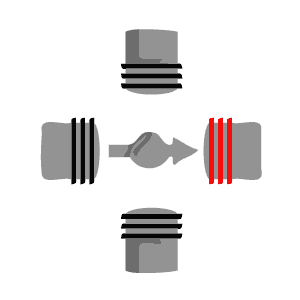

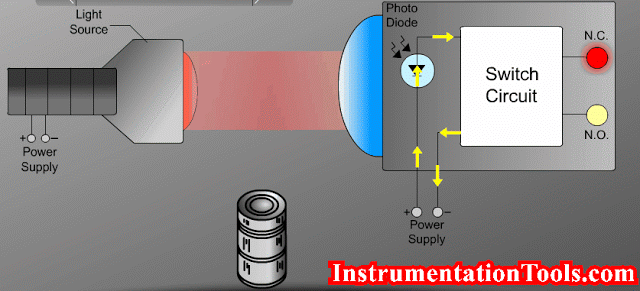

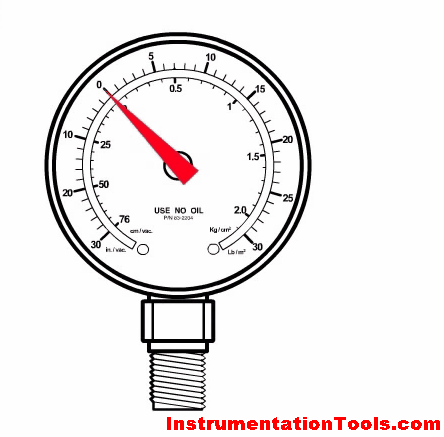
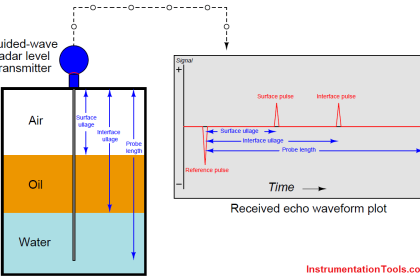
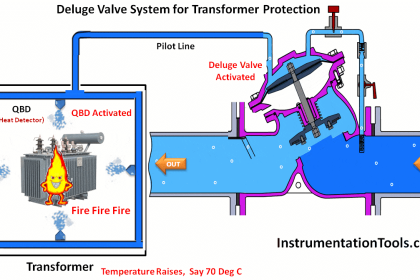
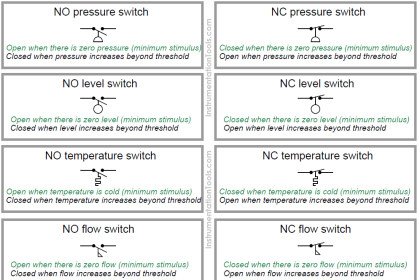
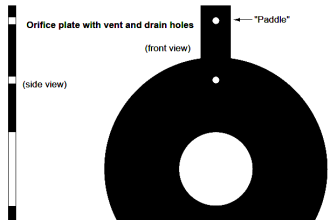

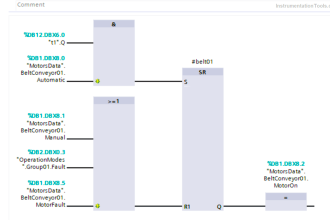
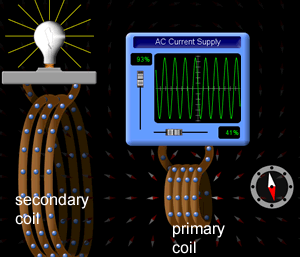
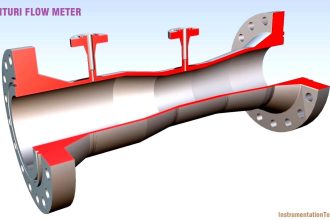
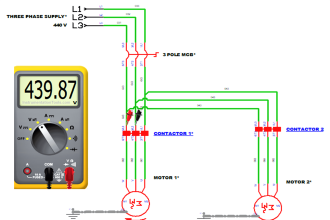
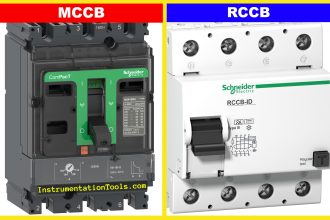

LVDT explanation is excellent